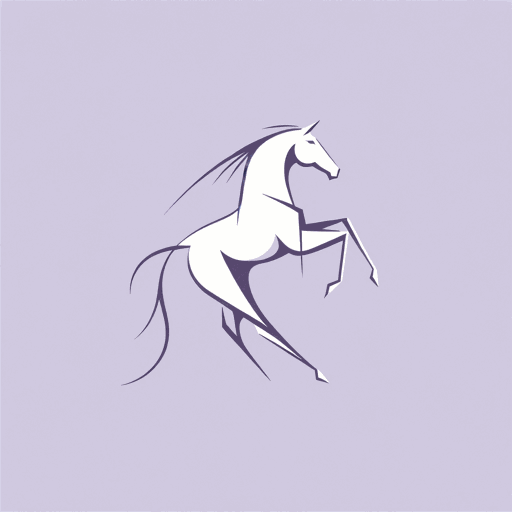19 pages • 38 minutes read
Sylvia PlathAriel
Fiction | Poem | Adult | Published in 1965A modern alternative to SparkNotes and CliffsNotes, SuperSummary offers high-quality Study Guides with detailed chapter summaries and analysis of major themes, characters, and more.
Further Reading & Resources
Related Poems
“Skunk Hour” By Robert Lowell (1956)
Along with Anne Sexton, Robert Lowell was one of the few contemporary poets that Plath studied and read. “Skunk Hour,” one of Lowell’s best-known works, is from his 1959 collection Life Studies. Plath read from this collection regularly while composing the works in Ariel. Both poets rely on juxtapositions and enjambed lines to create fragmented works. Compared to Plath’s “Ariel,” “Skunk Hour” relies more on conventional syntax and sentence construction.
“The Colossus” By Sylvia Plath (1962)
“The Colossus” is the title poem of Plath’s first collection of poetry, 1962’s The Colossus and Other Poems. Indicative of Plath’s earlier work, “The Colossus” is less concentrated than “Ariel,” but it still deals with themes of the fragmented self. The poem begins with the speaker unsuccessfully attempting to reassemble their addressee. “The Colossus” also uses allusion to suggest the murder of Clytemnestra through reference to Aeschylus’s play Oresteia. Both “The Colossus” and “Ariel” show Plath to be writing through classic literary texts.
“The Black Art” By Anne Sexton (1962)
Anne Sexton is perhaps Plath’s closest contemporary in terms of subjects explored. Sexton is famous for her direct Confessional verse. Unlike Plath, who uses juxtaposed images and personas to manifest her ideas and themes, Sexton states her ideas directly.
Related Titles
By Sylvia Plath
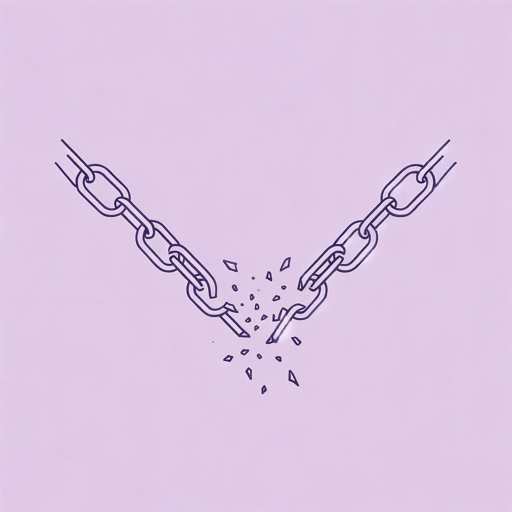
Daddy
Sylvia Plath
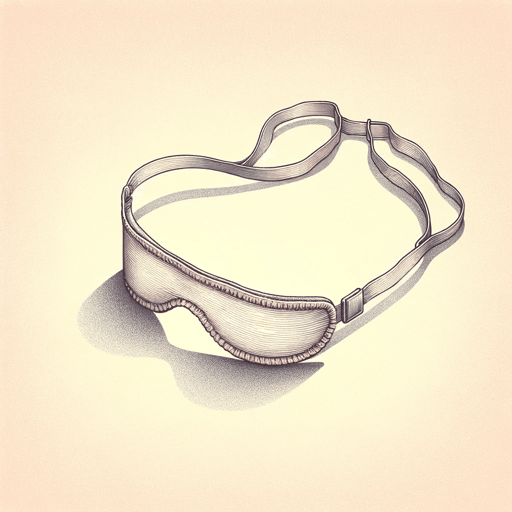
Initiation
Sylvia Plath
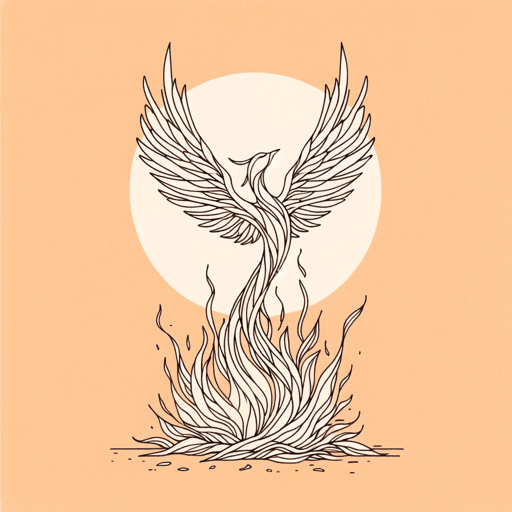
Lady Lazarus
Sylvia Plath
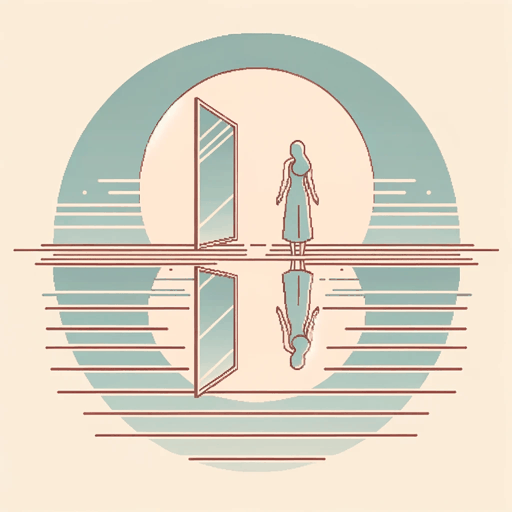
Mirror
Sylvia Plath
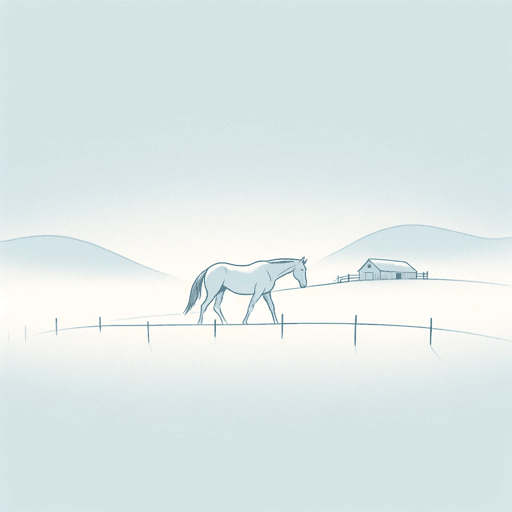
Sheep In Fog
Sylvia Plath
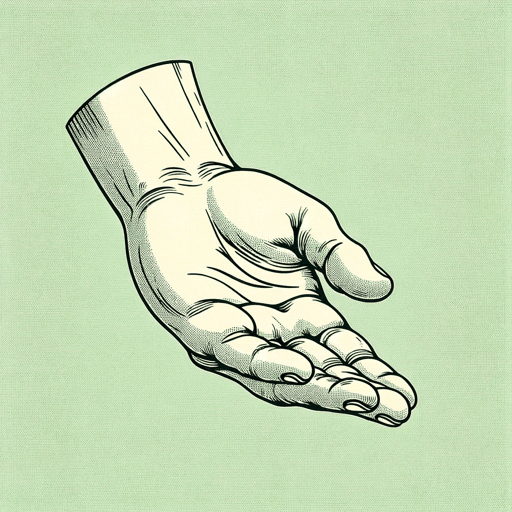
The Applicant
Sylvia Plath
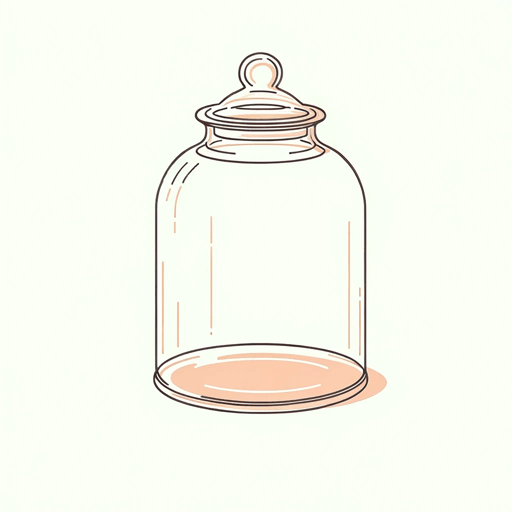
The Bell Jar
Sylvia Plath
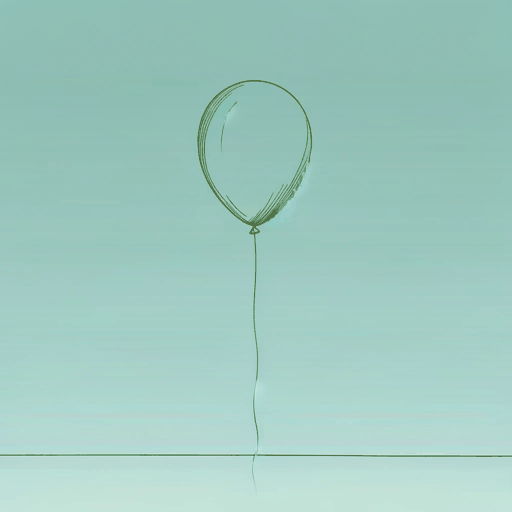
The Disquieting Muses
Sylvia Plath
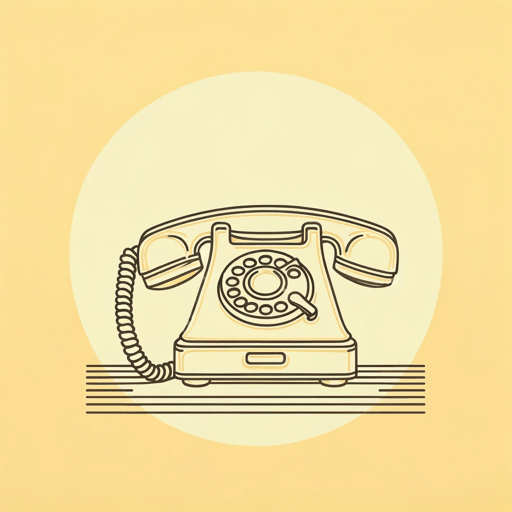
The Munich Mannequins
Sylvia Plath
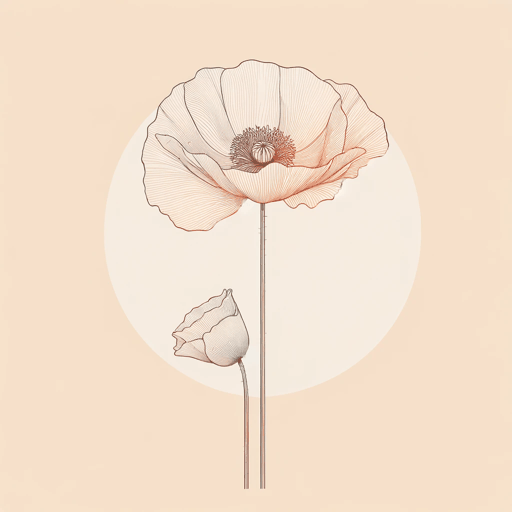
Two Sisters Of Persephone
Sylvia Plath
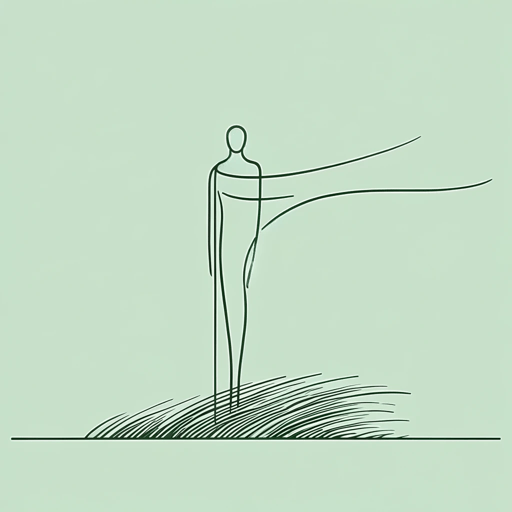
Wuthering Heights
Sylvia Plath
Featured Collections
Animals in Literature
View Collection
Books that Feature the Theme of...
View Collection
Common Reads: Freshman Year Reading
View Collection
Feminist Reads
View Collection
Mortality & Death
View Collection
Order & Chaos
View Collection
Poetry: Animal Symbolism
View Collection
Poetry: Perseverance
View Collection
Short Poems
View Collection
The Best of "Best Book" Lists
View Collection
Valentine's Day Reads: The Theme of Love
View Collection
